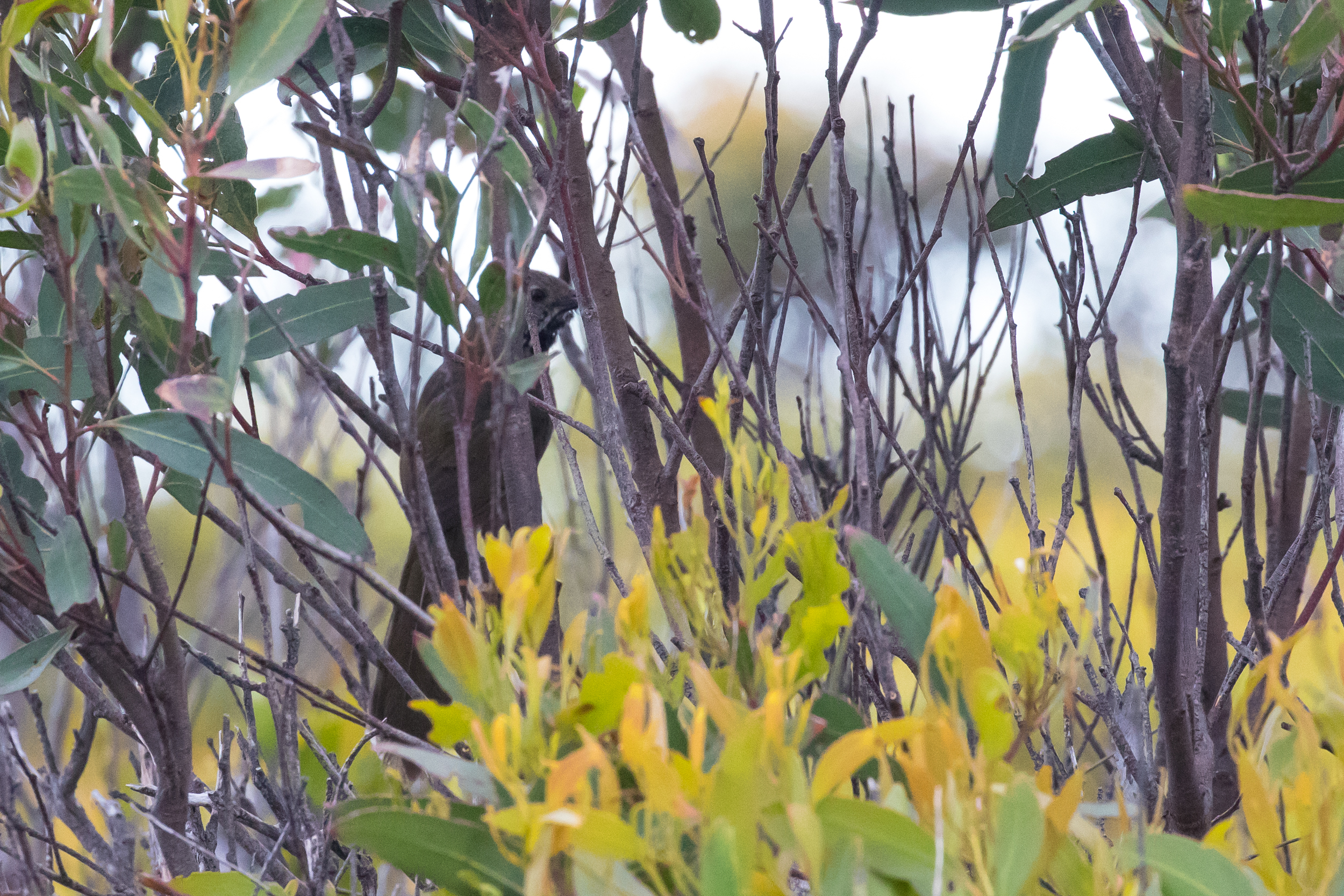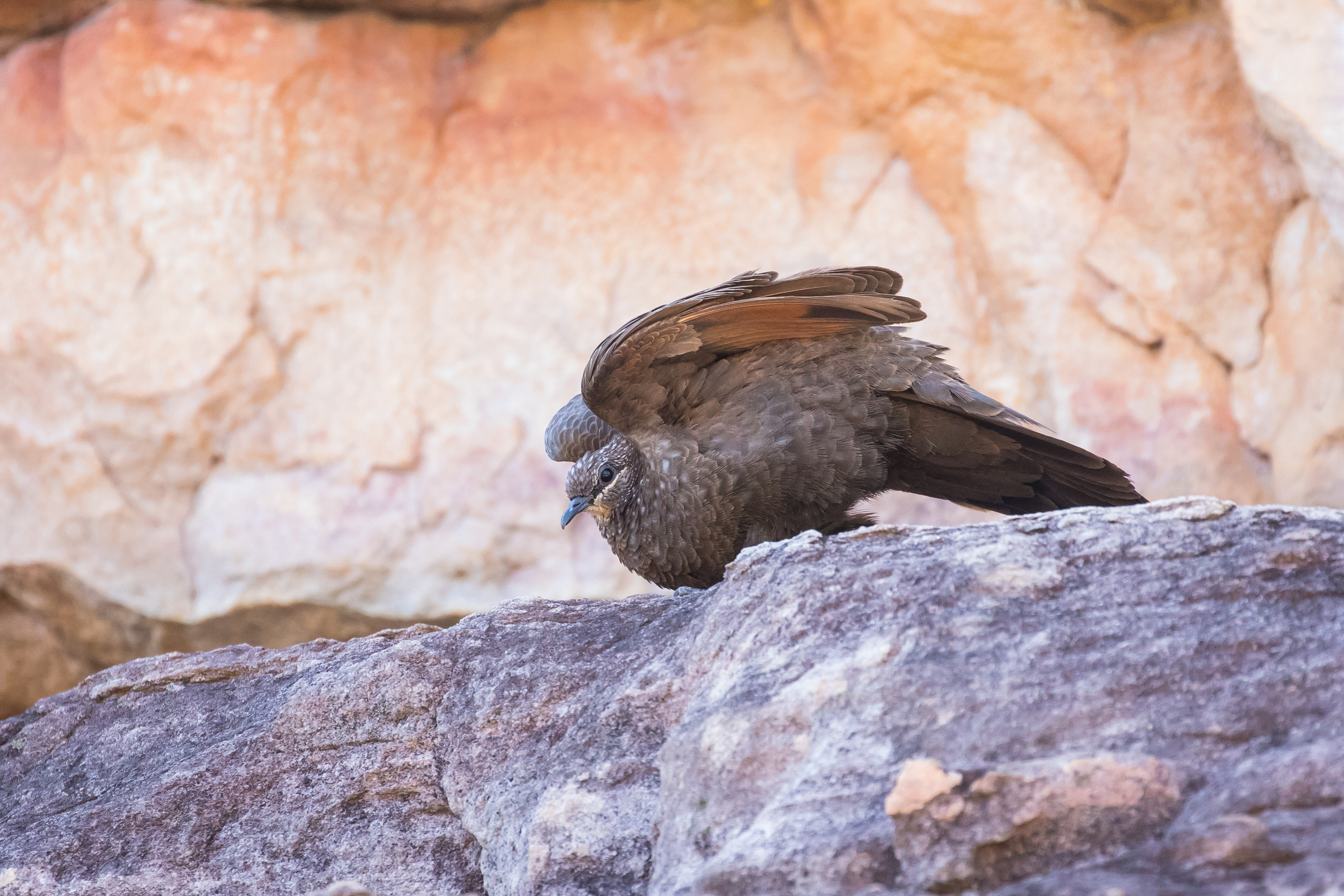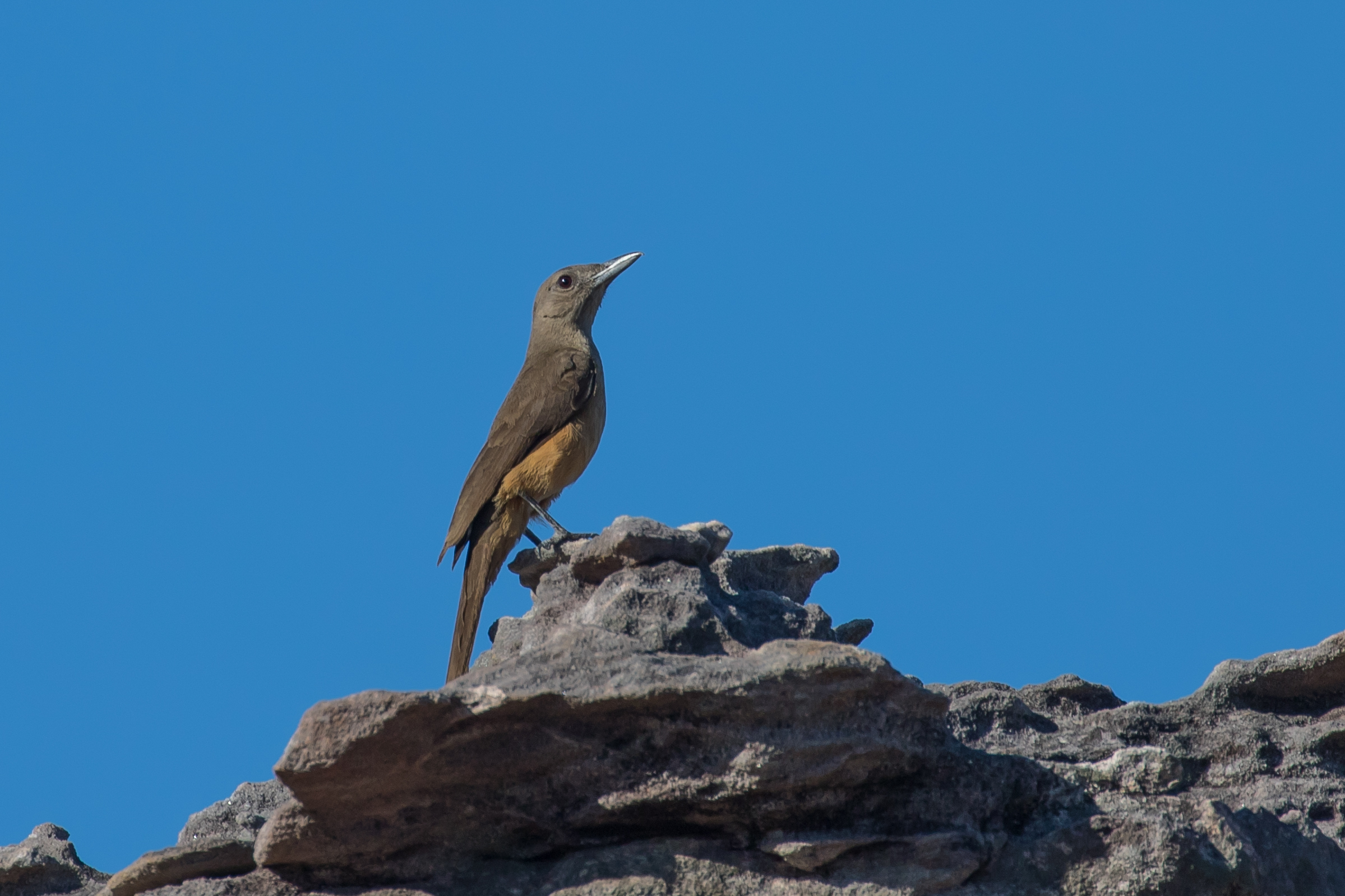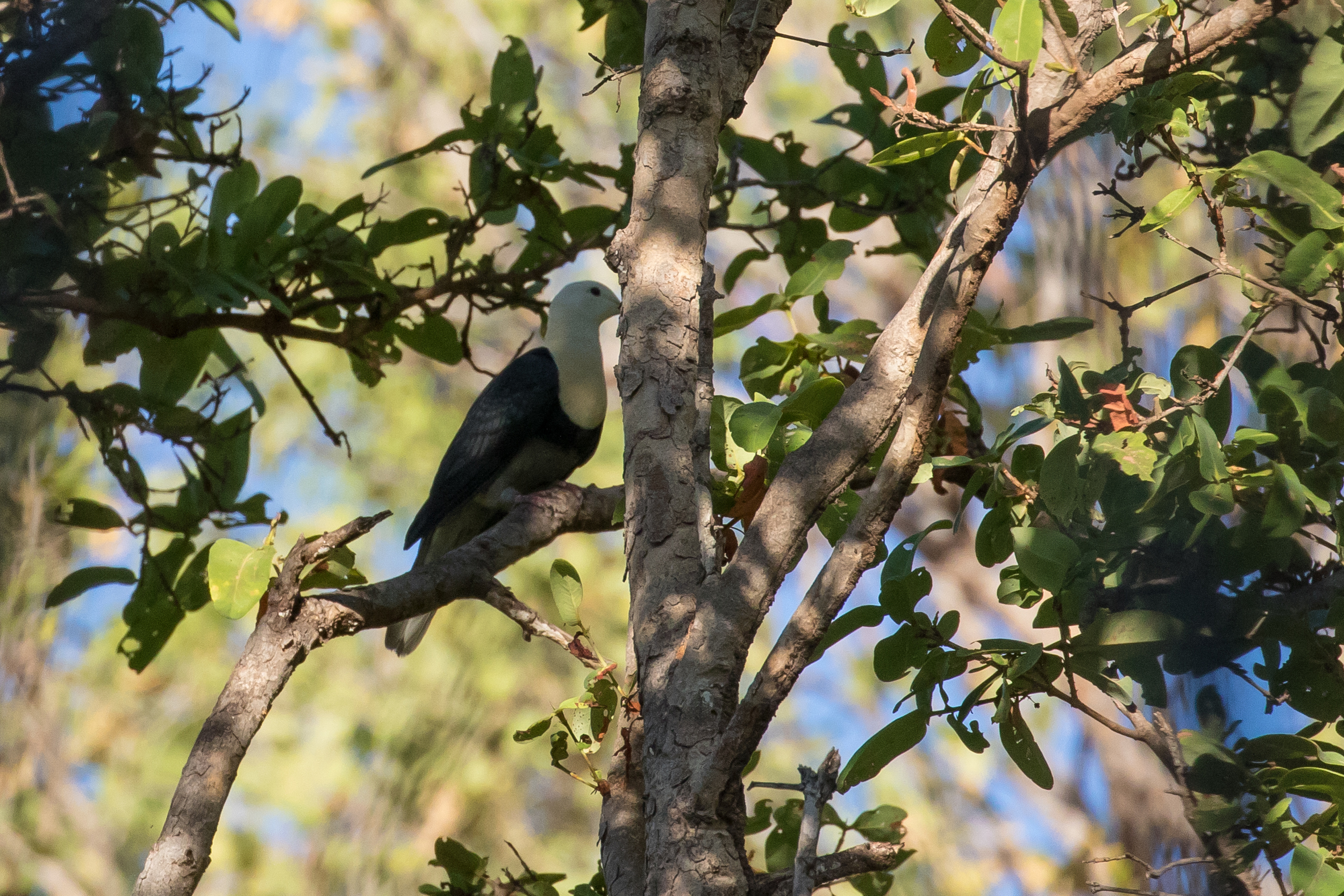2020 has been a poor year for most birders. I’m no great exception, and had a planned trip to Peru in October cancelled because of covid, but as I reflect on the limited opportunities, I realise how lucky I have been still to be able to see some nice birds during the year. In SA we have been fortunate to avoid the worst of the long lockdowns, and consequently I managed 3 pelagic trips during the year, a family holiday to Kangaroo Island and even a dedicated birding trip to the Top End that produced 55 lifers and 21 Australian ticks, including most of the year’s “Best of” list.
I didn’t get out much at all in the first couple of months of the year. We had been intending to go to KI but the bushfires that ravaged half the island forced a cancellation of that trip, and we rescheduled to an AirBnB in Goolwa. It was nice, and I saw the regular Cape Barren Geese on Hindmarsh Island, but I was not able to chase any lifers! In fact that was the only birding I was able to do until the first the year’s pelagics for me, in late March. Since lifers in SA are hard to come by after 8 years living here, the two lifers from that trip make it to my personal highlights reel.
01 Kermadec Petrel
First into my Top 20 in 2020 was initially identified as a White-headed Petrel. This would have been a very satisfactory lifer; new for me, not easy to see in SA, but also not unexpected. I didn’t look carefully enough at the bird in the field and didn’t review my record shots at the time, so it was not until Mike Potter and I were driving home that we found out bird’s true identity. We received a phone call from Dave Harper; he too had been reviewing his own pics and realised that we had seen SA’s first ever Kermadec Petrel! In my shot below the distinct features are obvious — this bird lacks the black smudge around the eye and clean white under-tail coverts of White-headed.
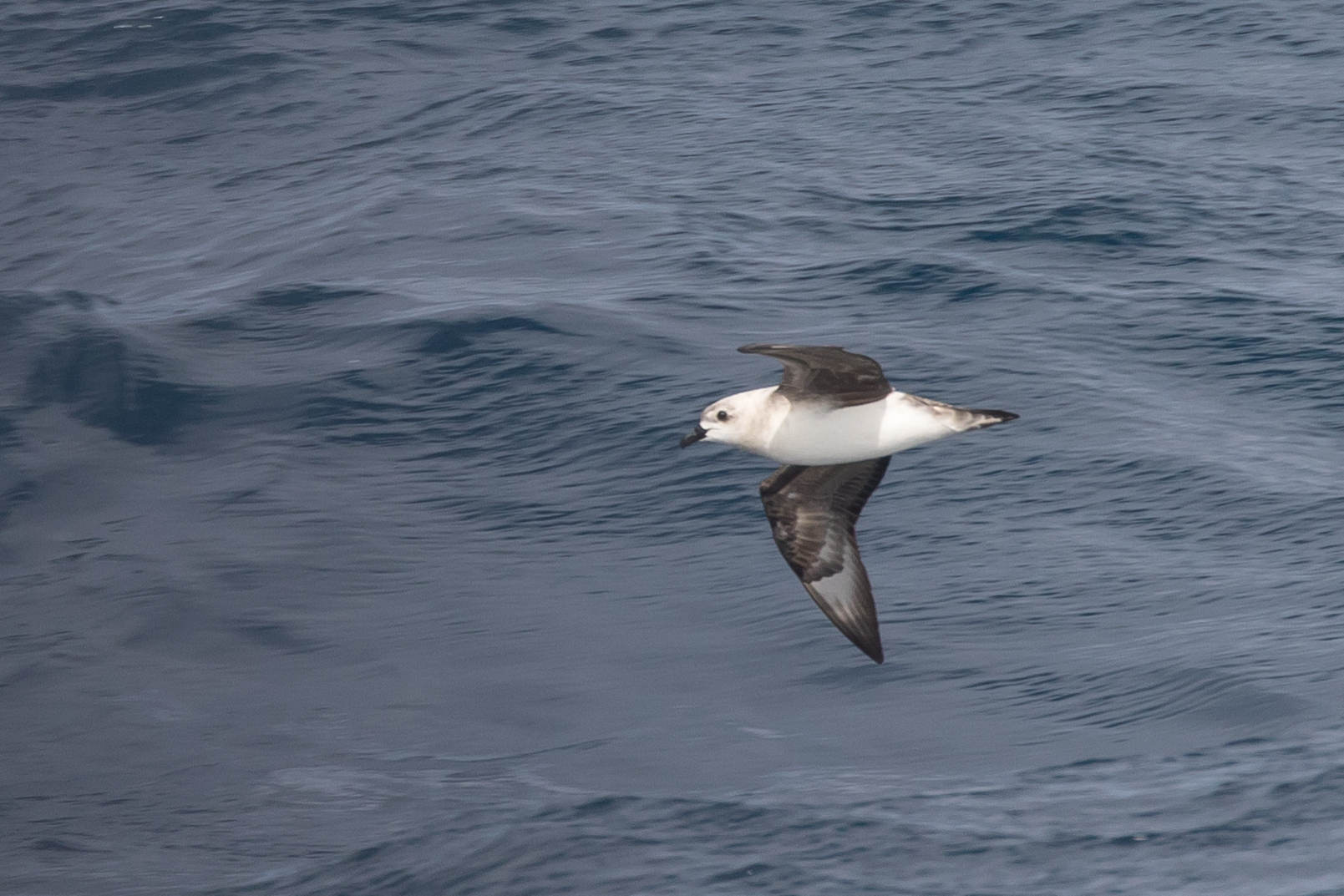
02 Pomarine Skua
The second lifer from that trip was a Pomarine Skua. The trip was basically over as we cruised slowly into the harbour at Port Mac when someone noticed an odd bird sitting on the water among the lobster boats. Dave immediately pointed out it was a Pom, a much desired lifer for me. This was one that I felt like I should have connected with at some point in my birding career, yet never seemed to get lucky. Finally managed it with this unusual sighting. Perhaps it was a sick or injured bird.
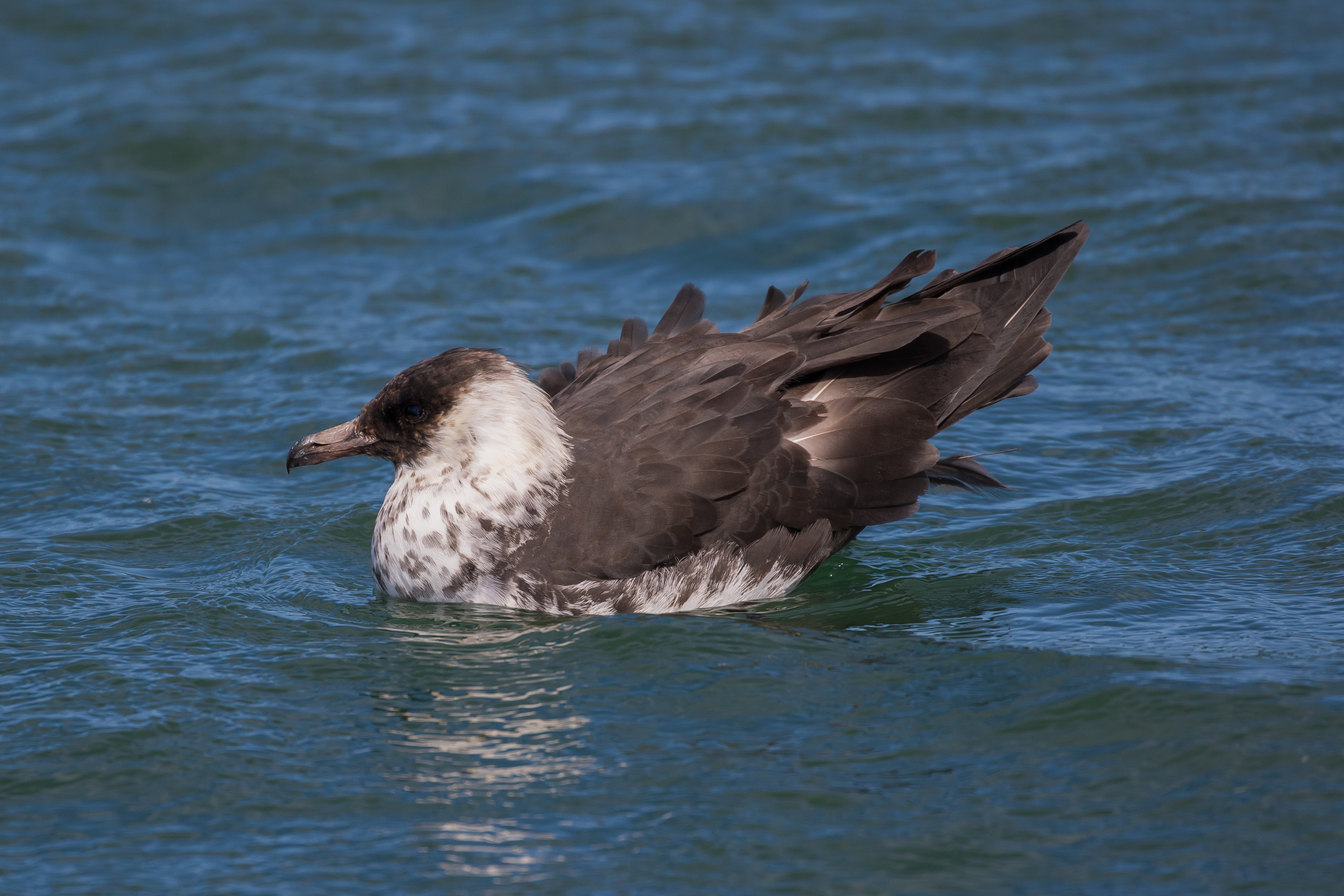
That March pelagic was the last birding possible for anyone in the state before lockdown. Two months later, once movement became less restrictive within the state I made a couple of trips to get some photos of waders for my blog – Banded Stilt at St Kilda and an overwintering Eastern Curlew at Bald Hill Beach – but I was pinning hopes for nice birds on the next pelagic that was able to go out, in July, and then a dedicated birding trip to NT, hastily arranged when I realised SA and NT were opening birders to each other after getting covid-19 under control. The pelagic was disappointing, with few birds and low diversity. But NT delivered in spades and I’ve had a hard time picking out a small number of highlights.
03 Rufous Owl
Best bird from Day 1 of the trip came late afternoon when we tracked down a fantastic Rufous Owl in the George Brown Botanical Gardens. I managed to get talking to a local walking through the gardens who offered top show me a few potential roost sites. He said he knew of 6, but after we’d visited 5 with nothing to show for it I was beginning to wonder whether he was a stringer or other time-waster. But the sixth spot came up trumps and we go a nice encounter with the impressive – if very sleepy – Rufous Owl
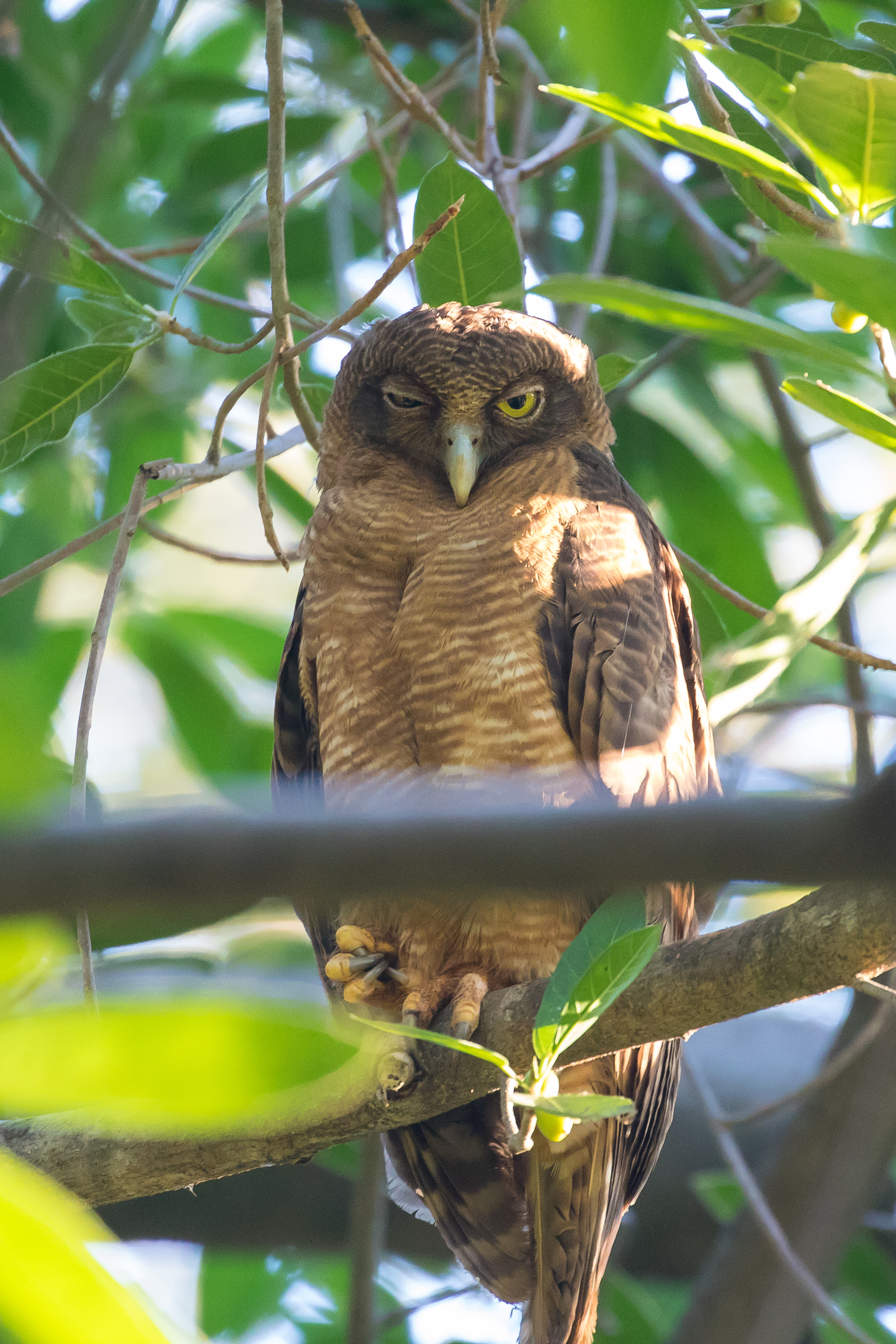
04 Chestnut Rail
Since the trip was my first to northern Australia, lifers came thick and fast in the first couple of days in Darwin, but on Day 2 one bird did stand out. We staked out a known good spot for Chestnut Rail at the right tide (water level near the mangroves being a much more significant factor than time of day) and at the requisite time sure enough we heard the aggressive barking of a couple of rails. As I watched from across Buffalo Creek the pair emerged cautiously through the mangroves and walked along the mudflats. Having marked this down as both a top target, but also an eminently missable one, we were very gratified with this encounter.
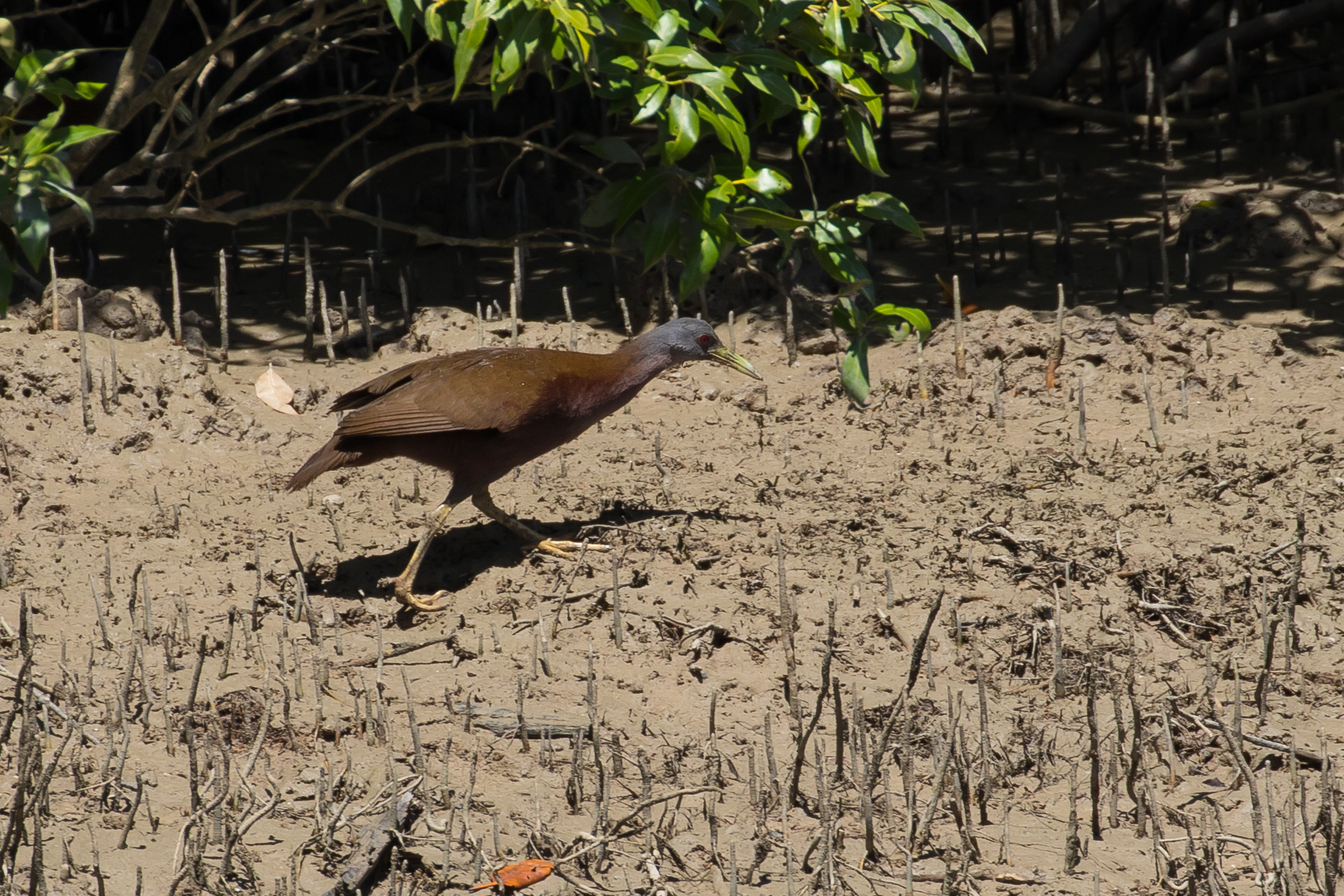
05 Rainbow Pitta
Day 3 of the trip was a cracker, my first experience of the iconic and wonderful Kakadu National Park. We’d started the day with a bird-filled, crisp, dawn walk around Bird Billabong but by 2pm when we reached Border Store it was 30 degrees and early afternoon, just about the worst combination of weather and time for birding in Australia. Despite this we tracked down a couple of responsive but typically skulking pittas, my first ever Rainbow Pitta. The following day we had better photo opportunities with a very cooperative bird late afternoon. Rainbow Pitta is the 12th of this iconic family I have added to my life list and this was one of the easier ones. Even so, it was one of my top targets for the whole trip, easily justifying its place on my “Best of” list.
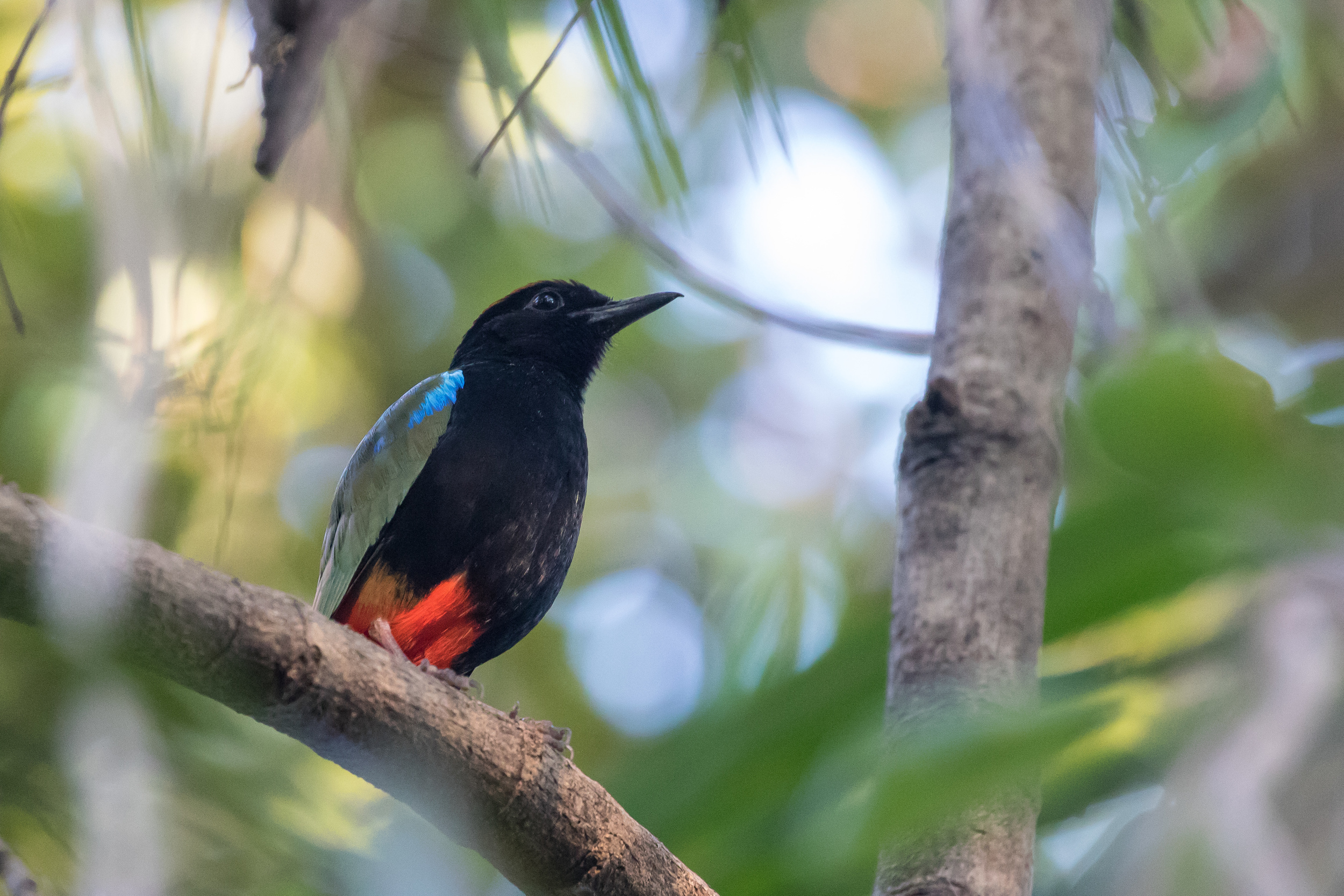
06-09 The Sandstone Specialists
Days 3-5 we dedicated to picking up 4 so-called “sandstone specialists”, key birds for Kakadu because they are not found in many other places, but make the stunning rocky outcrops at Ubirr, Nourlangie and Bardedjildji home. Unable to split them into more or less favoured, I have included all 4 of them: Chestnut-quilled Rock-pigeon (Ubirr), White-lined Honeyeater and Banded Fruit-dove (Nourlangie Rock) and Sandstone Shrikethrush (Bardedjildji).
10 Hooded Parrot
From Kakadu we headed south-west to Pine Creek to search for Hooded Parrot, a lovely and range-restricted parrot, closely related to the more familiar Mulga Parrot. A young bird was the first bird I found in Pine Creek, as it fed unobtrusively in a small tree directly above me as I pitched my tent for the night. Later on we found several adults in the water-gardens nearby, including this nice male.

11 Purple-crowned Fairywren
Purple-crowned Fairywren because, well, just look at the pic. Attitude and looks! This bird was at Victoria River boatramp, and we saw a couple of others.
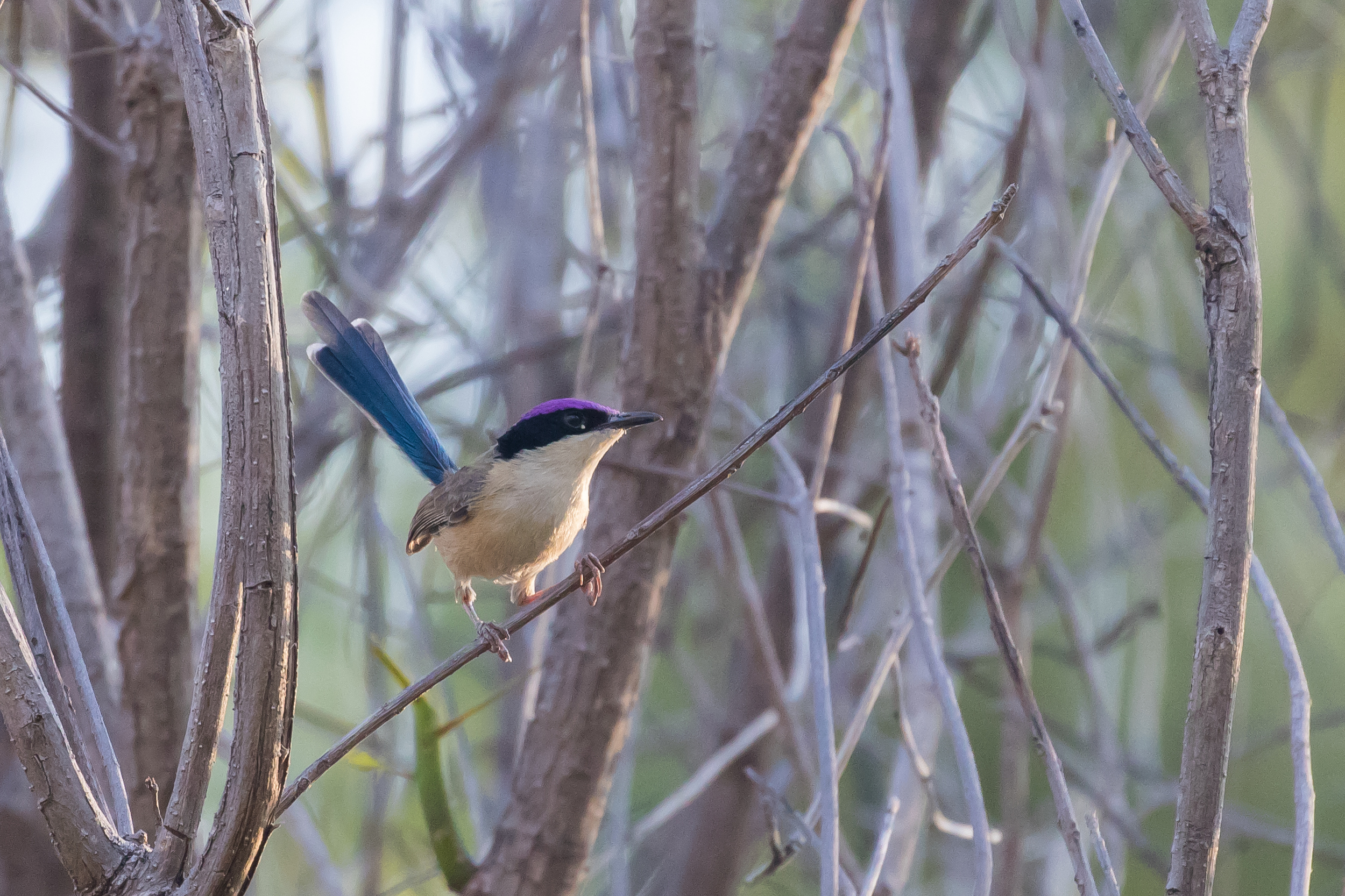
12-16 Finches
Like the sandstone specialists, the finches were key targets around which we structured our itinerary. I got 9 finch/munia species for the trip, of which 6 were lifers and 2 were Australian ticks. The collage here shows 5 of the 6 lifers. The remaining lifer is singled out for special treatment below.





17 Gouldian Finch
Gouldian Finch is singled out for special treatment because it’s such a desirable, cool and beautiful looking bird. It was one of the top 2 or 3 targets of our entire trip and kept us waiting the last few days. We’d seen a dull green juvenile, the very definition of anti-climactic, a few days earlier but as I tried to take a photo of some roosting Cockatiel in lovely evening light, the cockatiel were photobombed by a vision in mauve and yellow.

18 Striated Grasswren
The only bird that is neither a lifer, nor a state tick to make the list is Striated Grasswren. I saw my first (and previously only) one way back in 2009 when I was a visiting keynote speaker and since then they have undergone a dramatic decline in their former strongholds of places like Gluepot and Ngarkat to the point that they are just clinging on in a few places in SA. I tracked this one down early one spring morning in the mallee east of the River Murray.

19 Red-tailed Black-cockatoo (graptogyne)
Another pelagic in October provided some excellent birds, but nothing new: a few great Albatross (Wandering Albatross exulans, NZ Wandering Albatross gibsoni, and Southern Royal), and a Soft-Plumaged Petrel being the highlights, but nothing new for me. On the other hand another trip to the south-east of the state was another chance to catch up with the isolated sub-species of Red-tailed Black-cockatoo, which clings on in SE SA and Western Victoria in small numbers, its decline a result of clearance and logging of old-growth forests that provide nesting hollows. I found a small flock along Tower Rd near Penola and caught up with the same flock on the way back along with Mike Potter, who was also keen to add RBC to his state list.

20 White-bellied Whipbird
My final birding of the year (at least, as a write this with 2 days left of 2020) came on Kangaroo Island. I spent 3 mornings in a row trying unsuccessfully for White-belied Whipbird (recently split from Western Whipbird). The whole tale is the subject of a separate blog post so I won’t go over it in much detail, but finally on my last morning on KI I had a great encounter with a couple of birds that circled me for about 10-15 minutes. I gradually acquired views I was happy with for the lifer, and at one point managed to track one down for record shots as he sang from a bit higher up in the scrub for once. Probably the worst photo in my Top-20 for 2020, but also one of the most satisfying encounters. Other than pelagic birds, my only SA lifer of the year, all the more satisfying because it is one of only 3 SA endemics.
